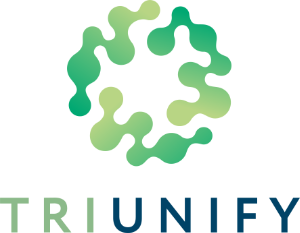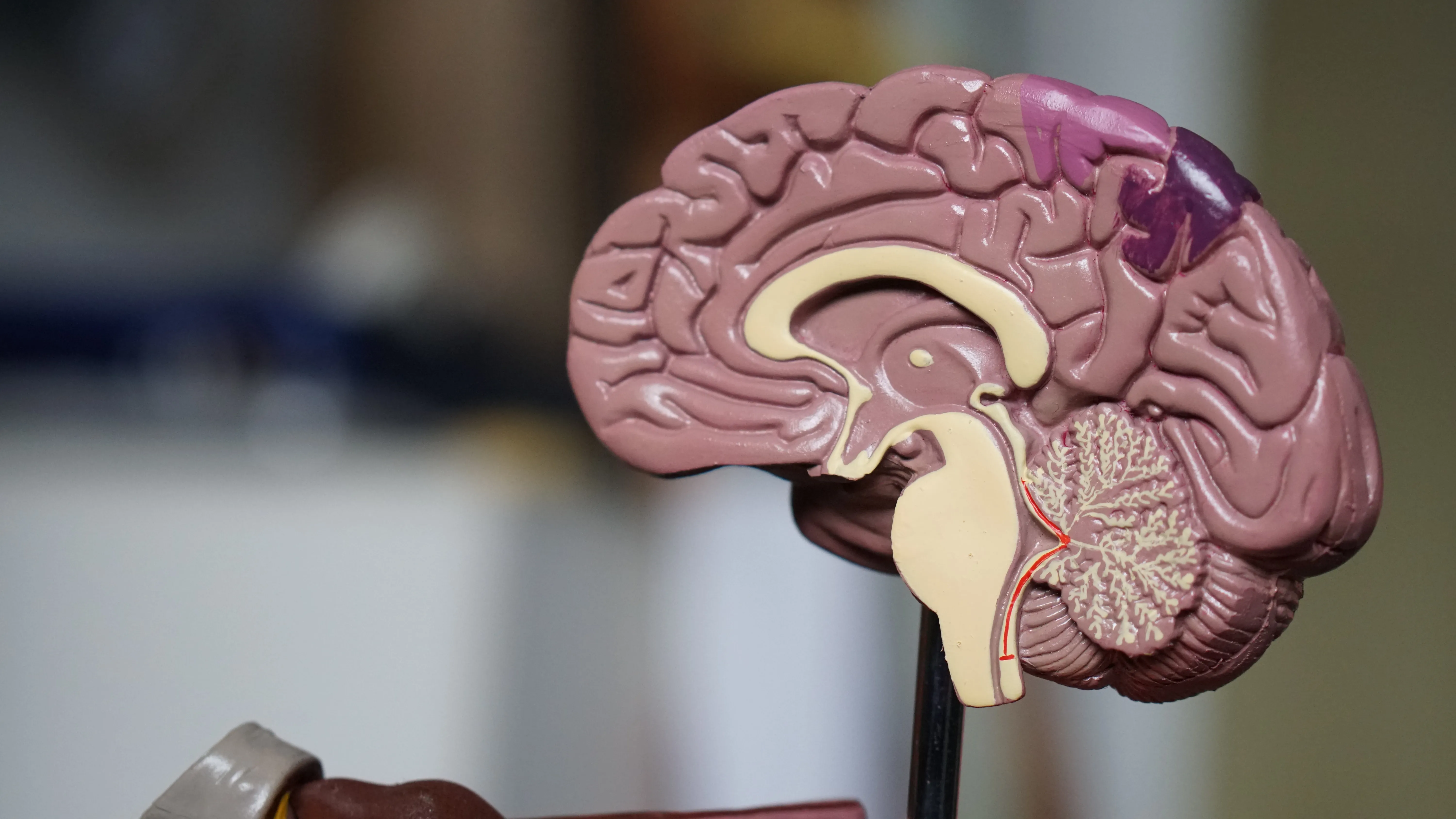Unlocking the Power of Brainspotting: Understanding its Meaning and Benefits
Discover the transformative power of Brainspotting, a cutting-edge therapeutic technique that is revolutionizing the field of mental health. Brainspotting is a unique approach that taps into the brain's natural ability to heal itself by focusing on specific eye positions that activate trauma processing.
By unlocking the power of Brainspotting, individuals can gain a deeper understanding of their internal struggles and experience profound emotional healing. In this article, we will delve into the meaning and benefits of Brainspotting, exploring how it can help individuals overcome past traumas, manage anxiety and depression, and unlock their true potential.

What is Brainspotting?
Brainspotting is a revolutionary therapeutic technique that was developed by David Grand, Ph.D., in 2003. It is based on the premise that our eyes are powerful gateways to our brains and can be used to access and process unprocessed trauma or emotional experiences. Brainspotting involves the use of specific eye positions, or "brainspots," which correspond to the source of the trauma or emotional distress in the brain.
During a Brainspotting session, the therapist guides the client's gaze to different eye positions while the client focuses on a specific issue or memory. This process allows the client to access the deep neural networks associated with the trauma and activate the brain's natural healing mechanisms. By tapping into the brain's innate ability to heal itself, Brainspotting helps individuals release and process unresolved emotional pain, leading to significant emotional and psychological healing.
How does Brainspotting work?
Brainspotting works by accessing the subcortical brain regions, where traumatic memories and emotions are stored. Traditional talk therapy often focuses on the neocortex, the conscious part of the brain, which may not fully address the underlying emotional and physiological aspects of trauma. In contrast, Brainspotting directly targets the amygdala, hippocampus, and other subcortical structures responsible for emotional processing.
During a Brainspotting session, the therapist helps the client identify a specific issue or memory to work on. The therapist then guides the client's gaze to different eye positions, observing subtle eye movements or "tremors" that indicate the activation of the trauma processing system. These eye positions, or brainspots, correspond to specific neural networks associated with the trauma or emotional distress.
As the client's gaze remains focused on a brainspot, the therapist creates a safe and supportive environment for the client to explore and process the associated emotions, sensations, and memories. This process allows the client's brain to reprocess and integrate the traumatic experiences, leading to resolution and healing.
The benefits of Brainspotting
Brainspotting offers a range of benefits for individuals seeking emotional healing and personal growth.
Here are some of the key benefits of Brainspotting:
#1 - Trauma resolution: Brainspotting is highly effective in helping individuals overcome the effects of trauma. By directly accessing the subcortical brain regions where traumatic memories are stored, Brainspotting allows for deep and lasting resolution of trauma-related symptoms.
#2 - Anxiety and depression management: Brainspotting can be an effective tool for managing anxiety and depression. By accessing and processing the underlying emotions and experiences that contribute to these conditions, Brainspotting helps individuals find relief and develop healthier coping mechanisms.
#3 - Enhanced self-awareness: Brainspotting provides individuals with a deeper understanding of their internal struggles and emotional patterns. Through the therapeutic process, clients gain insights into their thoughts, emotions, and behaviors, leading to greater self-awareness and personal growth.
#4 - Improved performance: Brainspotting can also be used to enhance performance in various areas of life, such as sports, creative endeavors, and public speaking. By addressing and releasing emotional blocks or traumas that may hinder performance, individuals can unlock their full potential and achieve higher levels of success.
#5 - Increased resilience: Brainspotting helps individuals develop greater resilience in the face of adversity. By processing and integrating past traumas or emotional wounds, individuals become better equipped to navigate future challenges and maintain emotional well-being.
Brainspotting vs. traditional therapy
While traditional talk therapy or Cognitive Behavioral Therapy (CBT) can be effective for many individuals, Brainspotting offers a unique and powerful approach to healing - which is something entirely different in meaning compared to 'treatment'.
Traditional therapy often focuses on conscious thoughts and emotions, while Brainspotting targets the deeper, subcortical brain regions where trauma and emotional distress are stored. This allows for a more holistic and comprehensive healing experience.
Unlike traditional therapy, which relies heavily on verbal communication, Brainspotting utilizes the visual field and eye positions to access and process trauma. This visual component can bypass the limitations of language and tap into the nonverbal aspects of trauma, leading to deeper and more profound healing.
Additionally, Brainspotting often results in faster and more long-lasting results compared to traditional therapy. By directly accessing the brain's natural healing mechanisms, Brainspotting facilitates rapid resolution of trauma and emotional distress, leading to significant and lasting change.
The science behind Brainspotting
Brainspotting is grounded in neuroscience and draws on various theories and principles of brain functioning. The technique is based on the understanding that trauma and emotional distress are stored in subcortical brain regions, such as the amygdala and hippocampus. By accessing these regions through specific eye positions, Brainspotting activates the brain's natural healing mechanisms.
Research has shown that Brainspotting can lead to significant changes in brain activity and neural connectivity.
Neuroimaging studies have demonstrated that Brainspotting can modulate the activity of the amygdala, reducing its hyperactivity in response to trauma-related stimuli. This suggests that Brainspotting can help regulate the brain's fear response and promote emotional healing.
Furthermore, Brainspotting is aligned with the principles of neuroplasticity, the brain's ability to reorganize and rewire itself in response to experiences. By engaging in the therapeutic process of Brainspotting, individuals can create new neural pathways and promote the integration of traumatic memories, leading to lasting changes in brain structure and function.
Who can benefit from Brainspotting?
Brainspotting can benefit a wide range of individuals seeking emotional healing and personal growth. It is particularly effective for individuals who have experienced trauma, whether it be a single traumatic event or ongoing complex trauma. Brainspotting can help individuals process and resolve the emotional wounds associated with various forms of trauma, including abuse, accidents, natural disasters, and military combat.
In addition to trauma survivors, Brainspotting can be beneficial for individuals struggling with anxiety, depression, phobias, performance anxiety, grief, and relationship issues. It is also a valuable tool for individuals seeking personal growth and self-discovery, as it provides a deeper understanding of oneself and facilitates the release of emotional blocks that may hinder personal development.
Finding a certified Brainspotting practitioner
If you are interested in exploring Brainspotting as a therapeutic approach, it is essential to find a certified Brainspotting practitioner. Brainspotting requires specialized training and expertise to ensure its safe and effective implementation. A certified Brainspotting practitioner has undergone rigorous training and supervision to provide the highest quality of care.
To find a certified Brainspotting practitioner, you can visit the official website of the Brainspotting International Association (BIA). The BIA provides a directory of certified practitioners worldwide, allowing you to find a practitioner in your area. It is important to choose a practitioner who resonates with you and with whom you feel comfortable sharing your journey of healing and growth.
What to expect during a Brainspotting session
During a Brainspotting session, you can expect a safe and supportive environment where you can explore and process your emotions, memories, and experiences. The session typically begins with an initial conversation between you and the therapist, where you discuss your goals, concerns, and any specific issues you would like to address.
The therapist will then guide you through the Brainspotting process, helping you identify a specific issue or memory to work on. You will be asked to focus on this issue while the therapist directs your gaze to different eye positions. As you focus on each position, the therapist will observe your eye movements and provide guidance to support your emotional processing and healing.
Throughout the session, the therapist will create a container of safety and trust, allowing you to explore and express your emotions freely. The process may involve accessing and releasing intense emotions, but the therapist will provide support and guidance to ensure your well-being throughout the session.
Conclusion
Brainspotting is a powerful and innovative therapeutic technique that taps into the brain's natural ability to heal itself. By focusing on specific eye positions, Brainspotting activates trauma processing and facilitates profound emotional healing. It offers a range of benefits, including trauma resolution, anxiety and depression management, enhanced self-awareness, improved performance, and increased resilience.
Whether you are a mental health professional looking to expand your therapeutic toolbox or someone seeking effective treatment for personal growth, Brainspotting can be a valuable addition to your journey of healing and self-discovery. Finding a certified Brainspotting practitioner is crucial to ensure safe and effective treatment.
Embark on a transformative journey with Brainspotting and unlock the boundless power of your mind. Experience the profound healing that comes from accessing your brain's innate ability to heal itself.
Brainspotting is not just a therapy; it is an opportunity for growth, resilience, and a deeper connection with yourself. Take the first step towards unlocking the power of Brainspotting and embark on a journey of self-discovery today.








